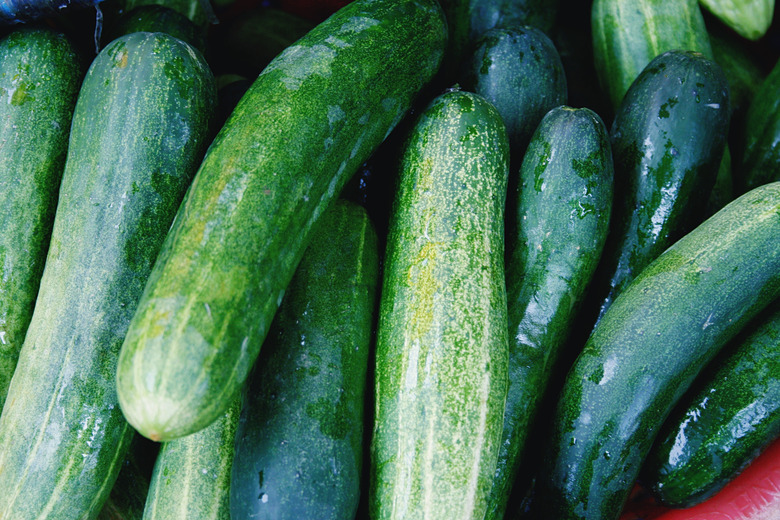How To Care For Zucchini
Learning how to care for zucchini (Cucurbita pepo) helps your vegetable garden staple thrive. A member of the cucumber family (Cucurbitaceae), a zucchini plant grows best on well-drained soils in plenty of sun. It's also considered a highly productive annual summer squash. Apart from a zucchini's nutritional value, these summer staples make great recipes, whether you prefer adding them to pancakes or making your own zucchini baked bread. When planting or harvesting zucchini, it's critical to know how to grow your best crop without exposing the plant to diseases or having them wilt in the sun.
Care for Zucchini: Planting
Care for Zucchini: Planting
Generally considered easy to grow, zucchini plants need well-drained fertile soils along with plenty of sunlight to grow in generous quantities. Choose a spot with full sun, providing six to eight hours of sunlight daily. For best results, make sure you amend the soil with a layer of compost to improve moisture retention. As strong winds can affect the plant's growth, it's advised to provide them with a safe location such as beside a wall if your garden is in a windy area.
Start your planting about a week after the last frost. Sow two to three seeds 36 inches apart for individual growth. It's beneficial to plant seeds in peat pots, greenhouses or hotbeds, then plant out in the garden approximately three weeks later when frost is no longer an issue. Space your zucchini plants 3 to 4 feet apart in rows 8 to 12 feet apart, so that they have enough space to spread out and begin to grow. Ideally, you'll want a nearby source of water for easier access to moisture.
Watering and Fertilizing Your Zucchini
Watering and Fertilizing Your Zucchini
Regular watering will keep your zucchini squash from wilting in the sun and maintain the soil around the plant as moist as possible. Give your zucchinis at least 2 inches of water per week and compensate with manual watering if rainfall isn't sufficient. Water the plants from below their leaves near the ground and spray them with compost tea two weeks after the seedlings appear. You can repeat the process after another three weeks or when you start to notice the first flowers.
Use a soaker hose instead of a sprinkler to avoid early-season diseases such as powdery mildew. By mulching the soil around the plants, you can help maintain the ground temperature stable and prevent water evaporation as well as minimize splashback onto your plants, which can propel disease organisms from the soil onto your zucchini. Pruning your zucchini will also allow more sunlight to reach the fruits as zucchini leaves can grow larger and reduce exposure to the sun.
Handling Zucchini Pests
Handling Zucchini Pests
Squash bugs and squash vine borers can threaten your zucchini crop. Row covers used in early summer when squash bugs and squash vine borers are most active can protect your plants. The trick is to remember to remove the covers when plants are flowering so that pollinators can reach the flowers. Before flowers open, and after the flowers are fertilized and tiny fruits appear, are the two best windows for using row covers. But when the covers are removed, these pests can reach your plants and lay eggs on them. So look for squash bug eggs and rub them off if you see them. Knock the adult bugs off of the plants and into soapy water to kill them.
Squash vine borers burrow into zucchini stems and cause the plant to rot or wilt. In addition to row covers, aluminum foil wrapped around the stems early in the summer can stop these pests from laying eggs at the zucchini plant's base.
Preventing Zucchini Diseases
Preventing Zucchini Diseases
Powdery mildew is a disease that can affect zucchini plants later in the season. It results in a white, powdery substance on the leaves. It doesn't usually harm the plant, but you can prevent powdery mildew by watering the plants properly (at soil level, avoiding overhead watering) and leaving proper spacing between the plants to promote air flow.
Blossom-end rot can happen if your plants have uneven soil moisture. Improper calcium levels in the soil can also be to blame. The result is a black, rotten spot on the blossom end of the zucchini. Before planting zucchini, have the soil tested and add any nutrients needed according to soil-test recommendations.
